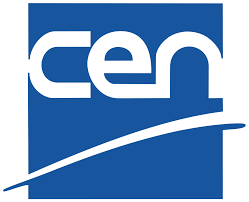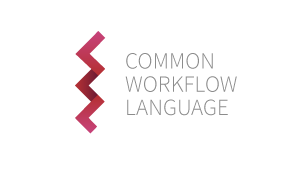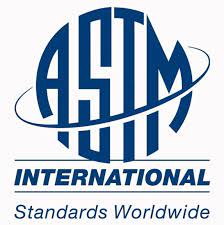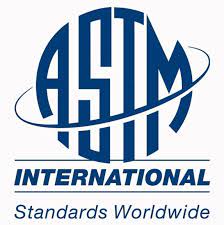Space - Use of GNSS-based positioning for road Intelligent Transport System (ITS) - Security attacks modelling and definition of performance features and metrics related to security
The objective is to analyse the security issues that can occur at the GNSS SIS level. In order to do so, a full taxonomy of the GNSS SIS attacks are proposed and GNSS SIS attack security model are elaborated and classified. Security metrics for the validation of the GBPT robustness performances are defined. The proposed methodology for this technical report consists in three distinct steps that are described hereunder: I. The first step consists in providing a full taxonomy of the possible GNSS Signal in Space attacks (voluntary or not) to be considered and identify their impact at GBPT level; II. The second step consists in regrouping narrow sets of previouslyidentified GNSS SIS attacks into security attack models. For each security attack model, an assessment of the dangerousness based on beforehand identified key parameters and methodology will be provided; III. The third step consists in providing definition of performance objectives, security control, security metrics, and a specific procedure for a robustness evaluation of a GBPT against the identified security attack models at step II. The results will benefit to the EN16803-3 "Assessment of security performances of GNSS based positioning terminals"











